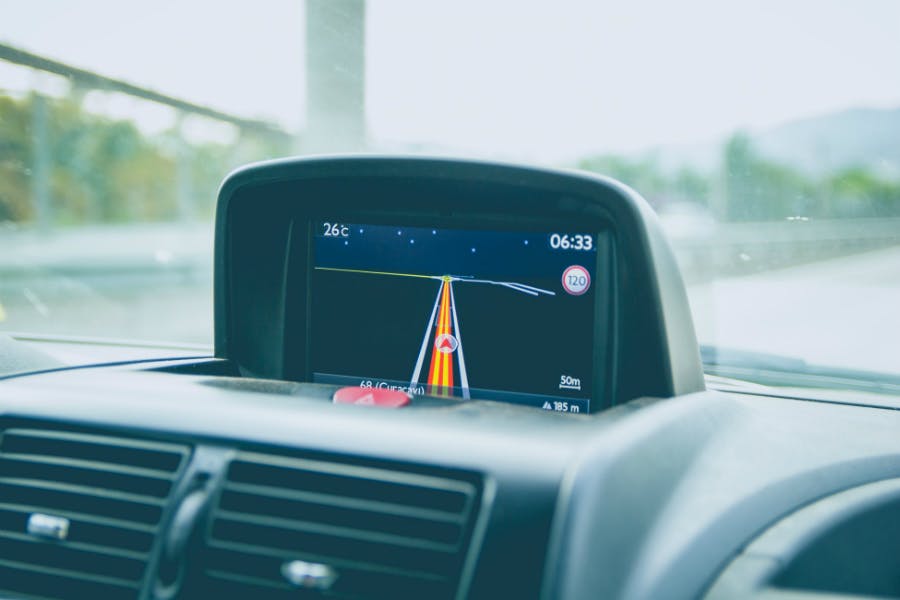When you step into a car and type in the address of where you want to go, what would you rather use; a mobile device or the car’s in-built GPS system?
If you would prefer to use a mobile device, then you are not alone. According to a recent survey by used car retailer Carzoos, 60% of respondents would rather use a mobile device as their navigation system, compared to the 22.5% who would prefer a built-in GPS.
So, why are Australians using their mobile devices to navigate unknown roads? The main reason appears to be ease of use, followed by the car not having a GPS system, then better accuracy, and the fact that it’s easier to update.
What this seems to tell us is that car manufacturers are not doing a good enough job at designing their built-in GPS systems. Let’s take a look at some of the issues with the in-built systems and what we can expect car manufacturers to do about it.
The trouble with built-in GPS
If you have ever used a car’s built-in navigation system, you will probably have encountered that frustrating moment when you are trying to type in the address of where you want to go, but the process doesn’t go quite as smoothly as you would like.
The buttons are awkwardly spaced, not very responsive, and the address takes far longer to load then it would on a mobile phone.
Even if you manage to get the right address in there, you’re likely to encounter roadworks or traffic delays that were not picked up by your navigation system, and it’s not always quick and easy to find an alternative route.
Even worse, if your antenna is having problems maintaining satellite signal, then the accuracy is affected, making it difficult and confusing to stay on route.

The future of in-built navigation systems
When you consider the above pain points, it’s really no surprise that drivers are opting to use their mobile phones over built-in navigations systems; they’re easy to use, the maps are up-to-date, and you get all the latest traffic notifications so you can get to your desired location in the least amount of time.
Of course, it’s far easier for stand-alone GPS makers to achieve this. Car companies may be experts at making cars, but they just don’t put in the same amount of effort into building their navigational systems as the phone app developers do.
But it’s not just about putting the effort in. The real issue is that it takes so long to get a car to market, that by the time you purchase it, the system is already outdated.
While including map updates into the scheduled service program free of charge addresses one of the many pain points, there are still further issues to solve.
That’s why Apple CarPlay and Android Auto have become such popular features in many new dashboards. They allow the driver to run their mobile phone apps through the head unit and this includes navigation apps.
It’s a simple solution for car manufacturers, as well as being more cost-effective, so it’s a trend we would expect to carry on for some time to come.